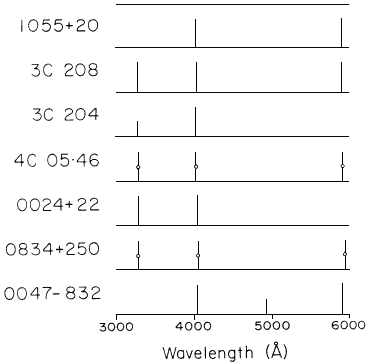

Fig.6. Diagrammatic representation of the spectra of 7 quasars belonging
to the group 18. The heights of the lines represent their strengths,
except for 4C 05.46 and 0834+250, for which the observers have not given
the strengths of the lines. Two third height indicates medium strength,
one third, weak. The spectrum of 1055+20 has not been investigated below
4000 Å, that of 0047-832, not below 3500 Å, and that of 3C 204, not above 4950 Å.
Notice the line at about 5900 Å is very close to the night sky line
at 5893 Å.
If we try to interpret these coincidences, assuming the cosmological redshift hypothesis, we find that the quasars in the various groups are arranged on spherical shells with the Earth as the center. In other words, the Earth is the center of the universe. It is no doubt an amazing result and those, who, like Einstein, believe in the importance of aestetic elegance and inner perfection of a good theory, would consider this result an adequate ground to reject the cosmological hypothesis.